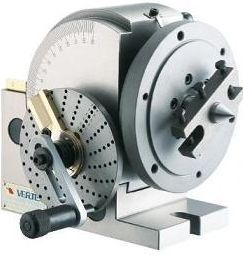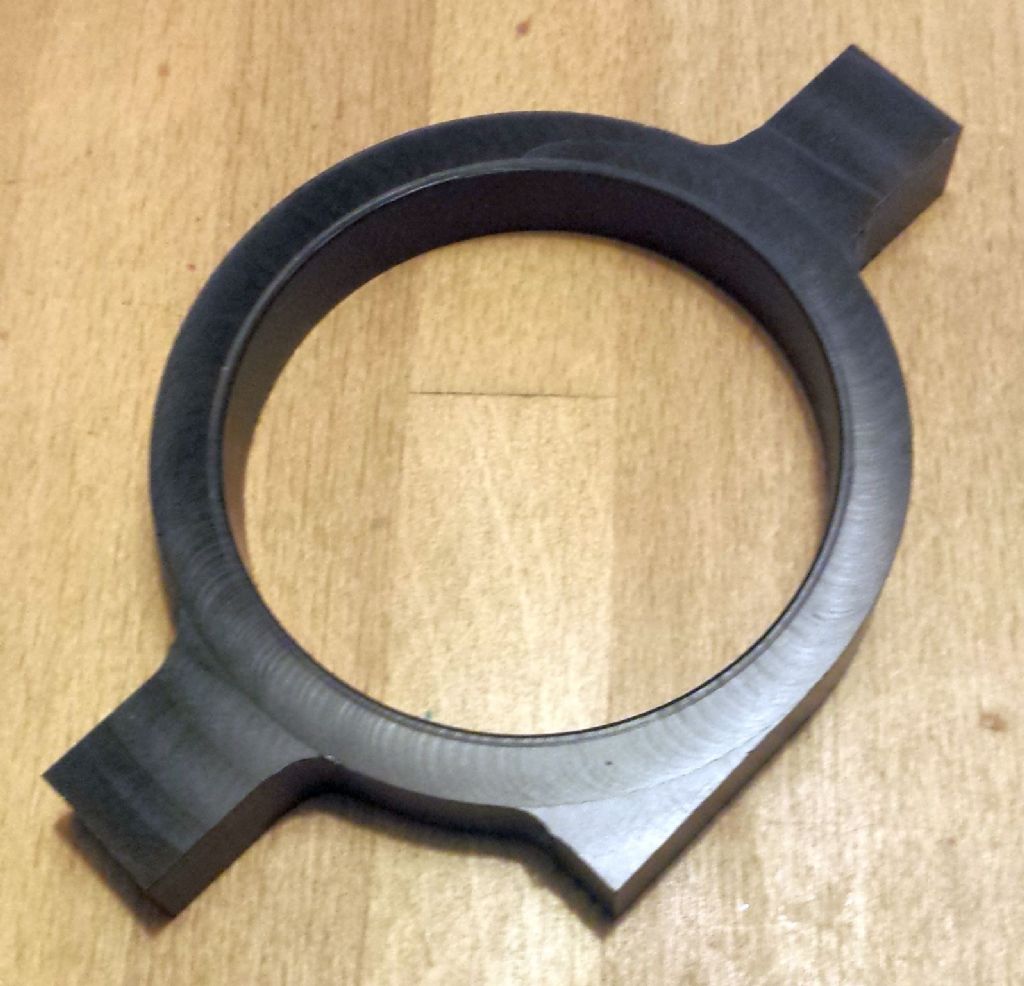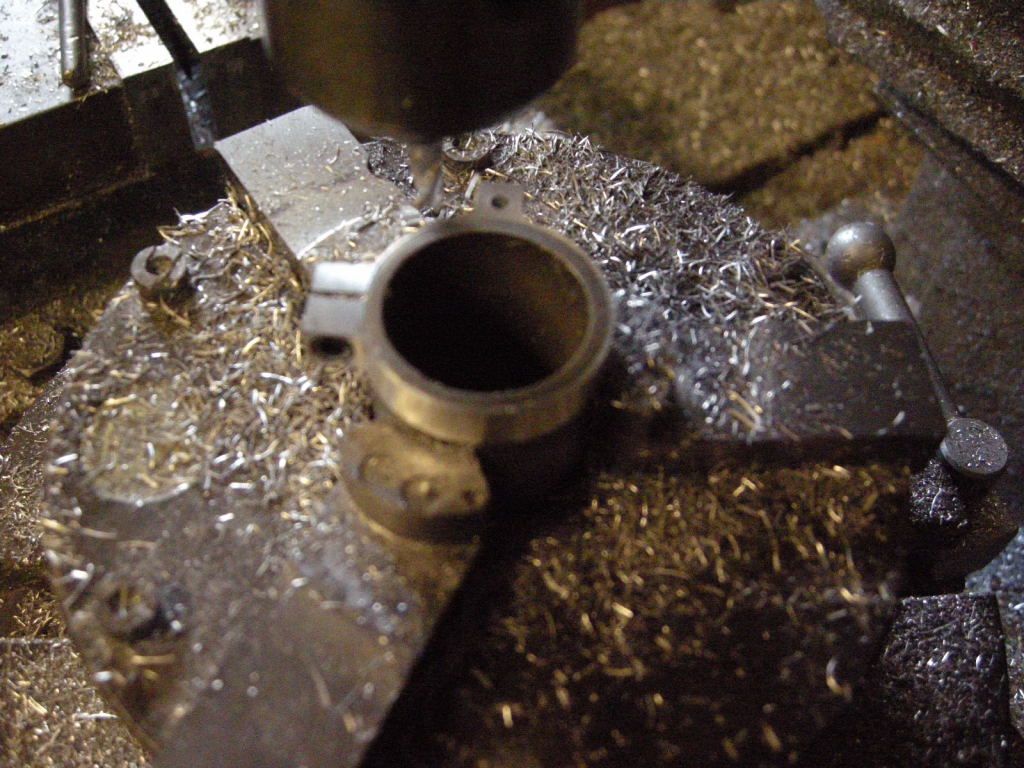How is one supposed to use a rotary table or dividing head?
How is one supposed to use a rotary table or dividing head?
- This topic has 15 replies, 4 voices, and was last updated 18 October 2015 at 01:22 by
Jon.
Viewing 16 posts - 1 through 16 (of 16 total)
Viewing 16 posts - 1 through 16 (of 16 total)
- Please log in to reply to this topic. Registering is free and easy using the links on the menu at the top of this page.
Latest Replies
Viewing 25 topics - 1 through 25 (of 25 total)
-
- Topic
- Voices
- Last Post
Viewing 25 topics - 1 through 25 (of 25 total)
Latest Issue
Newsletter Sign-up
Latest Replies









